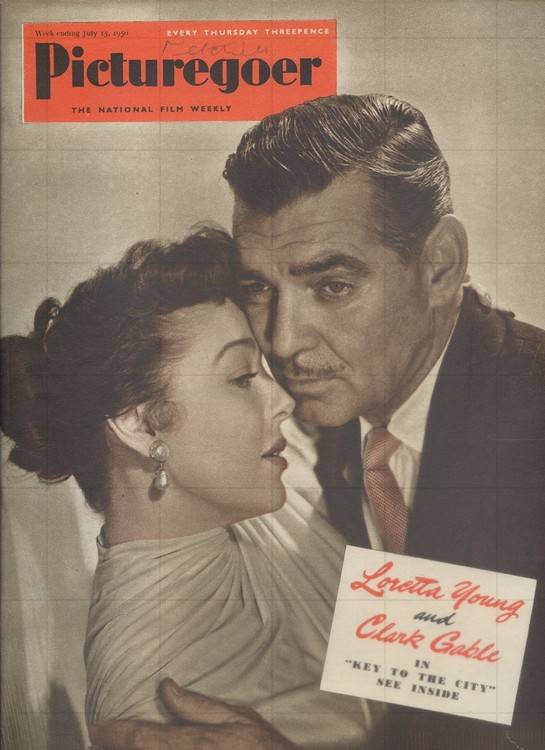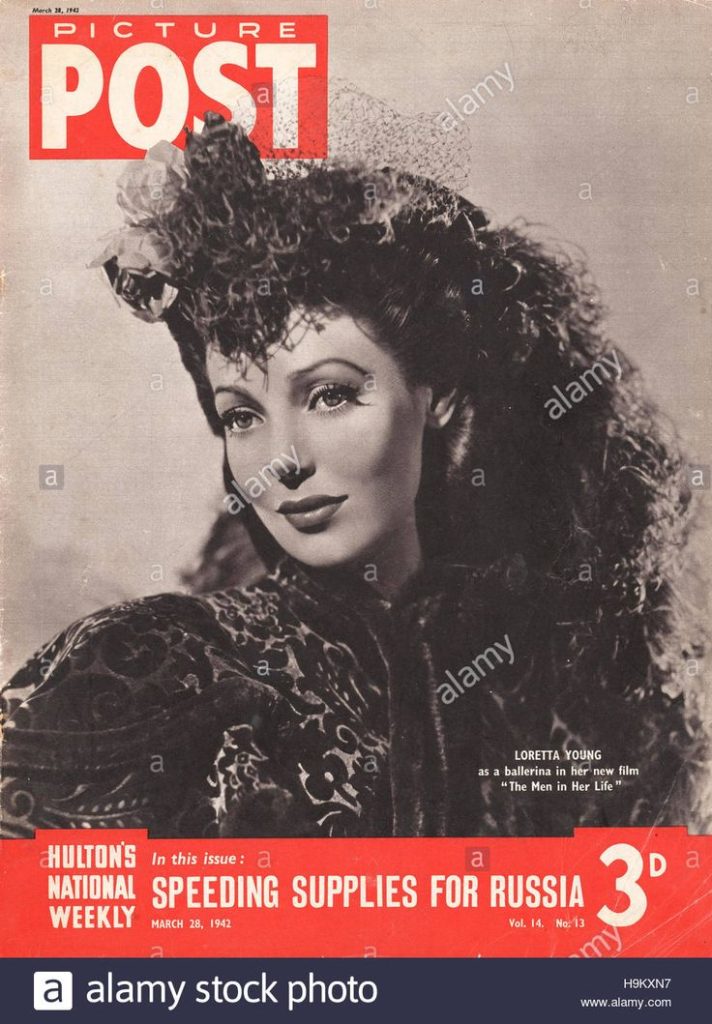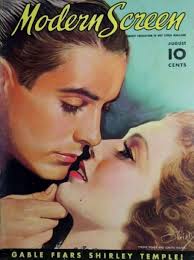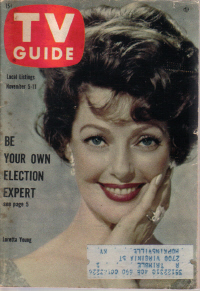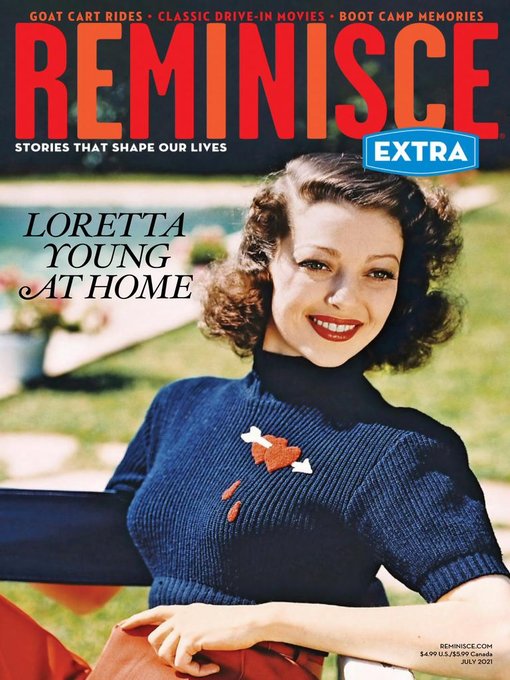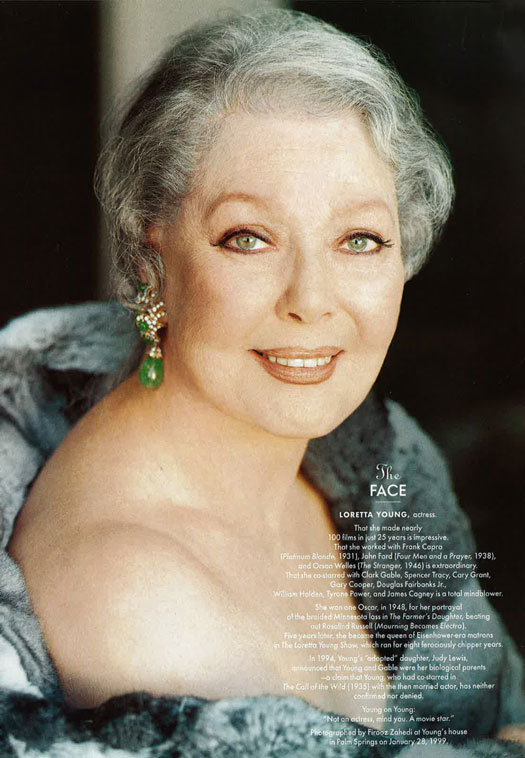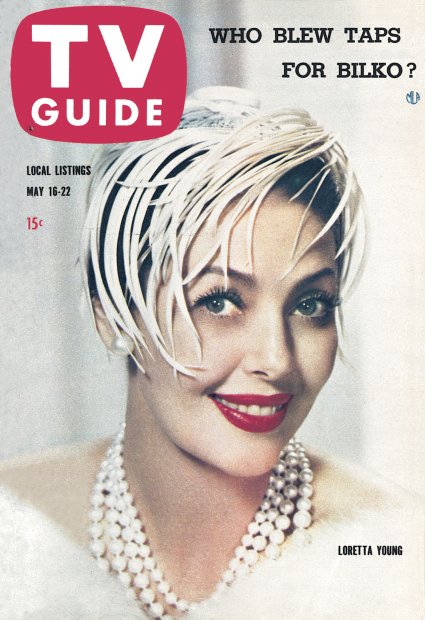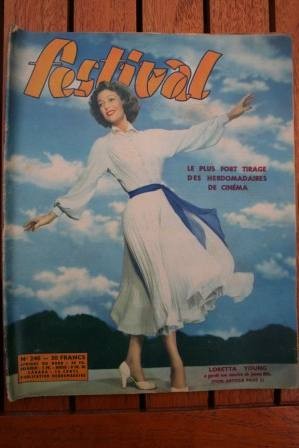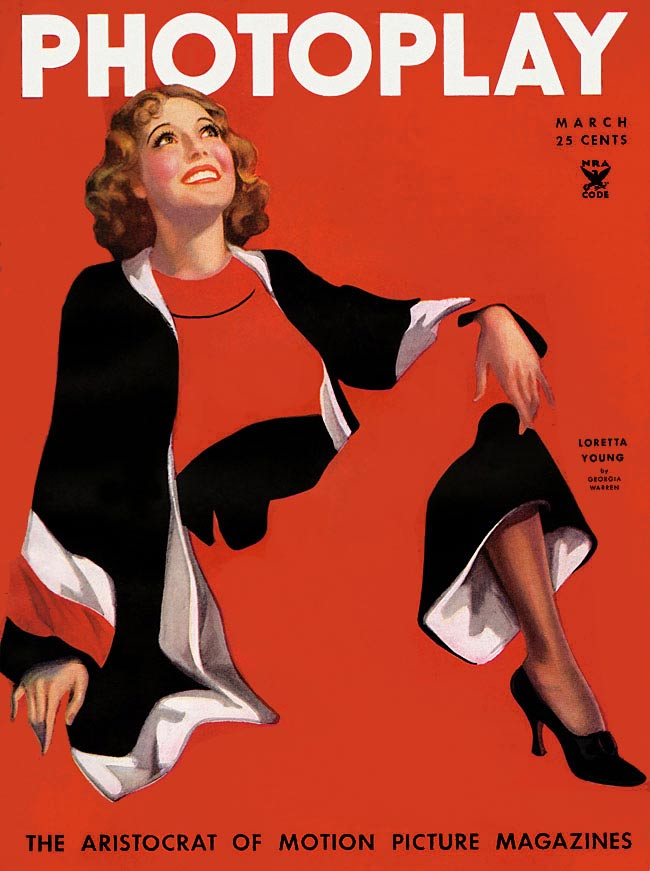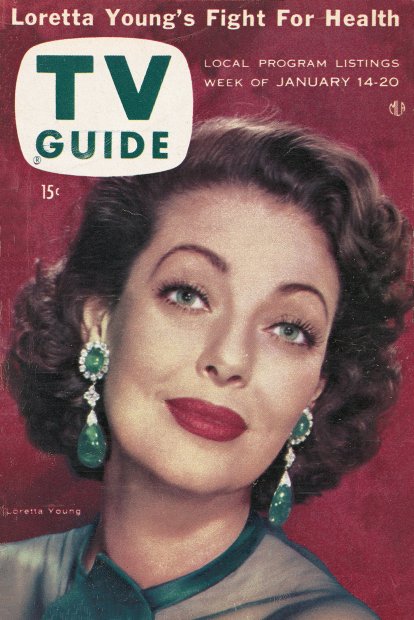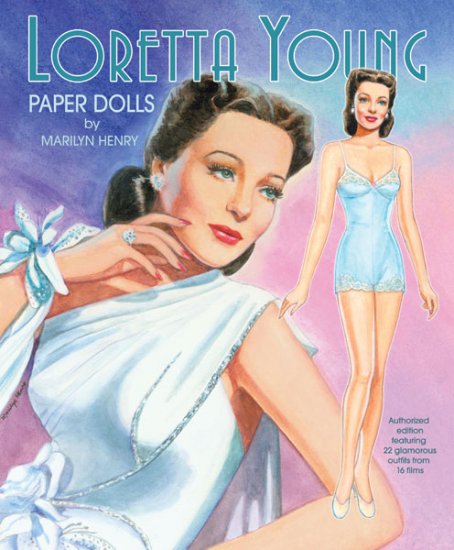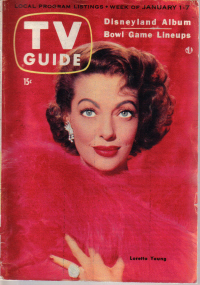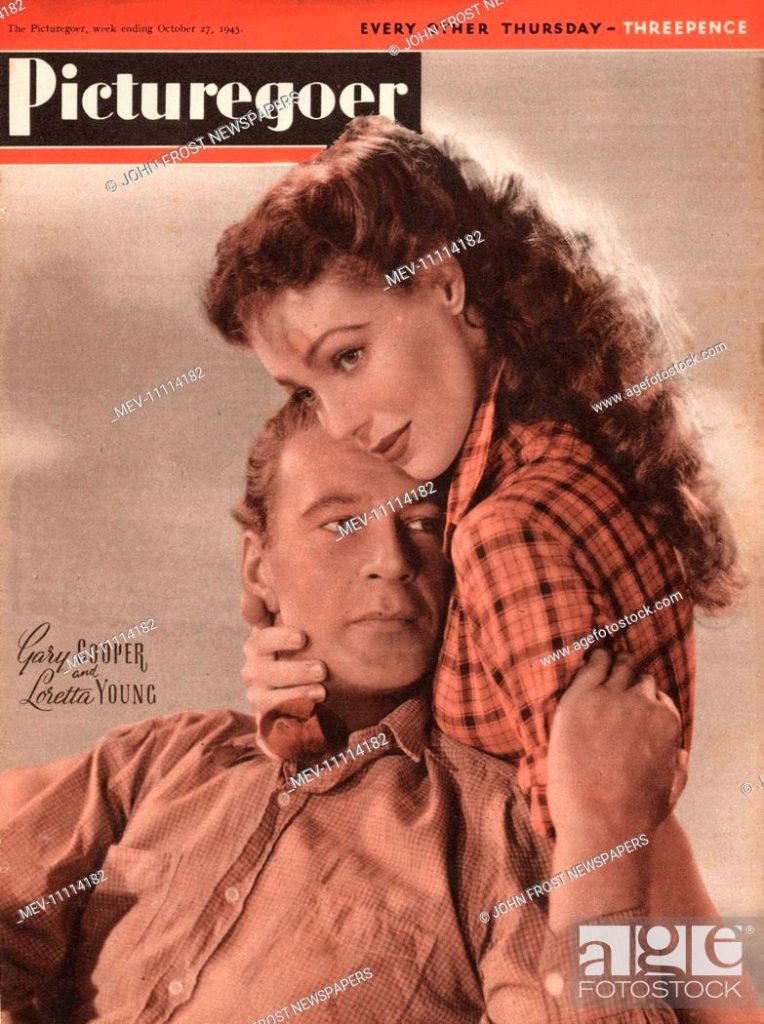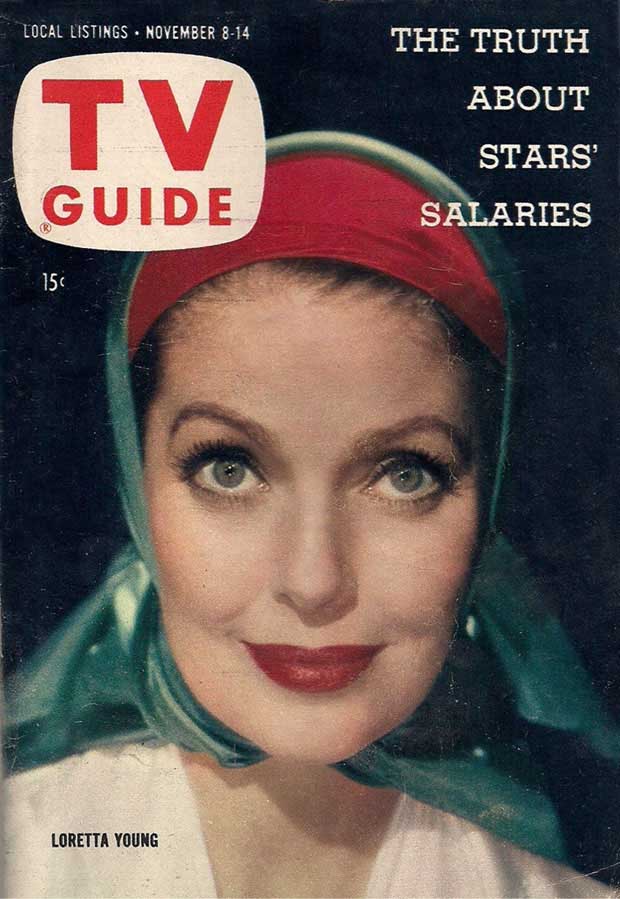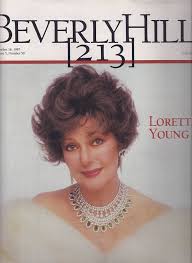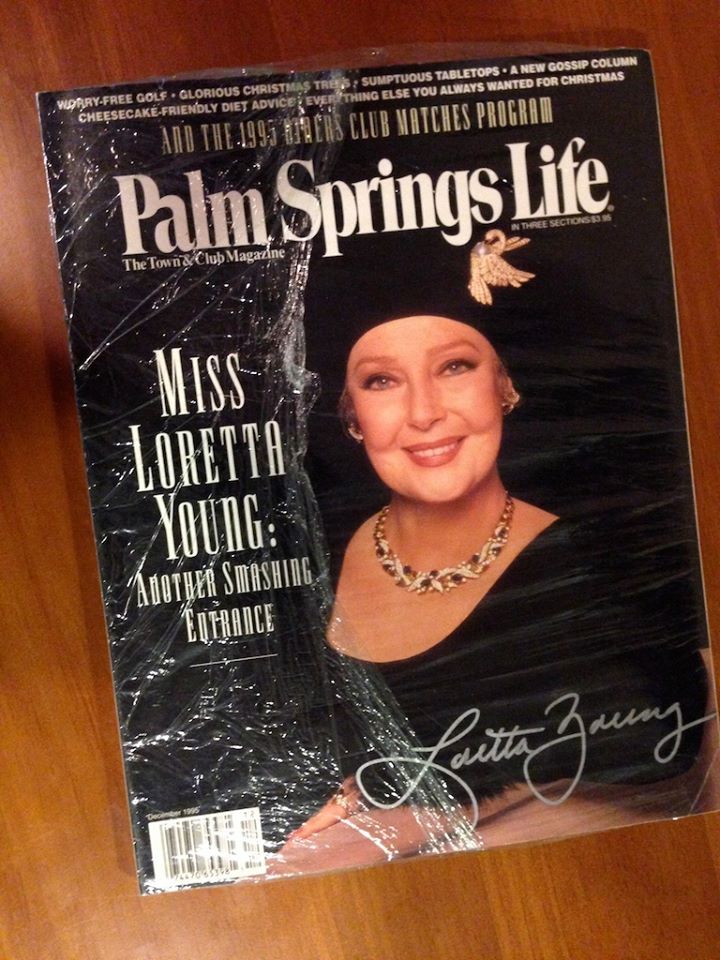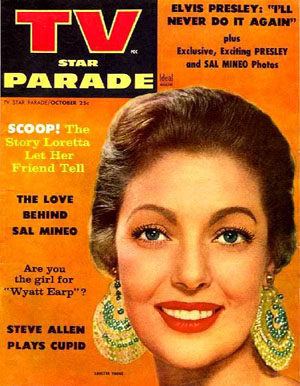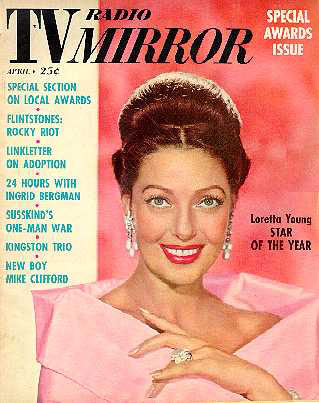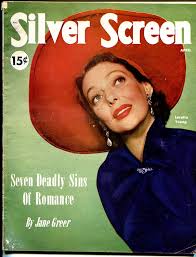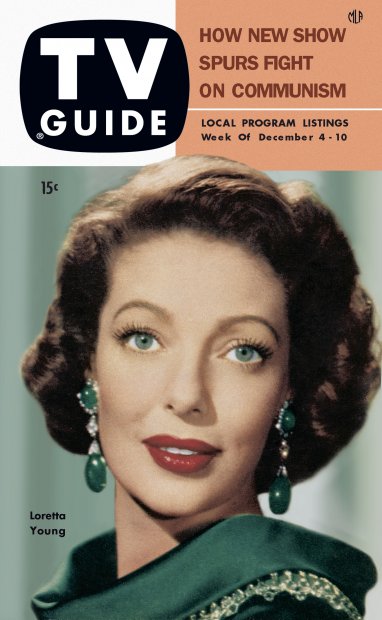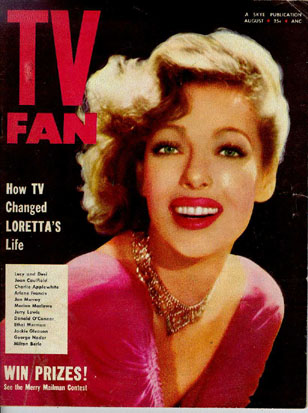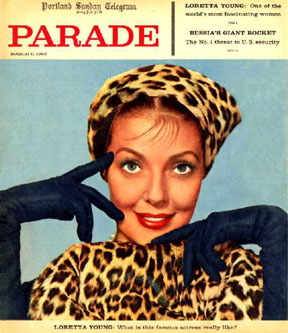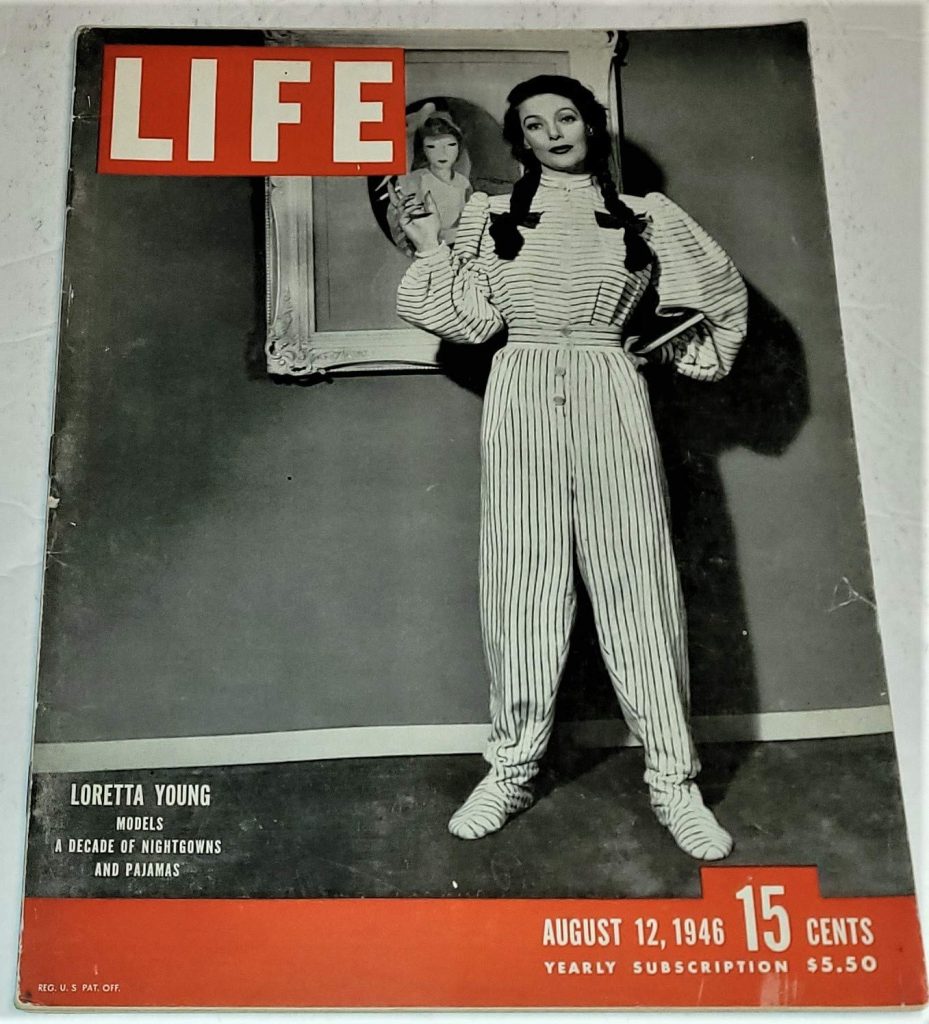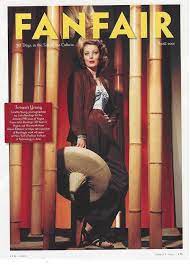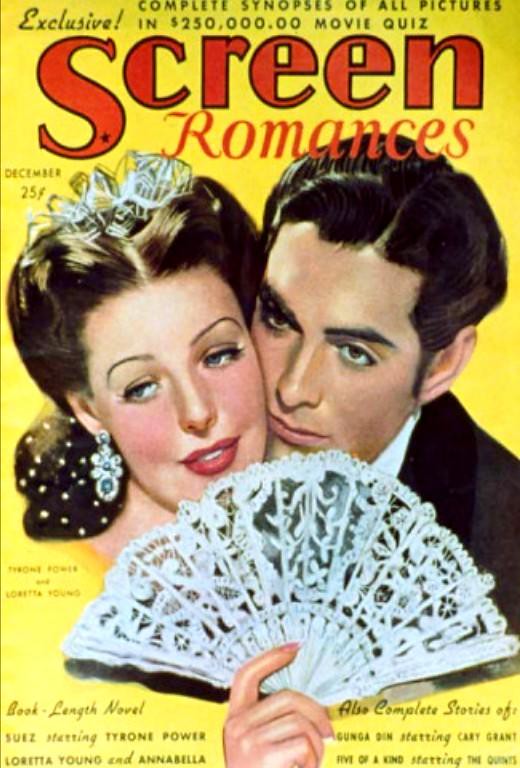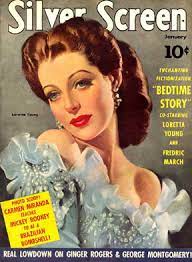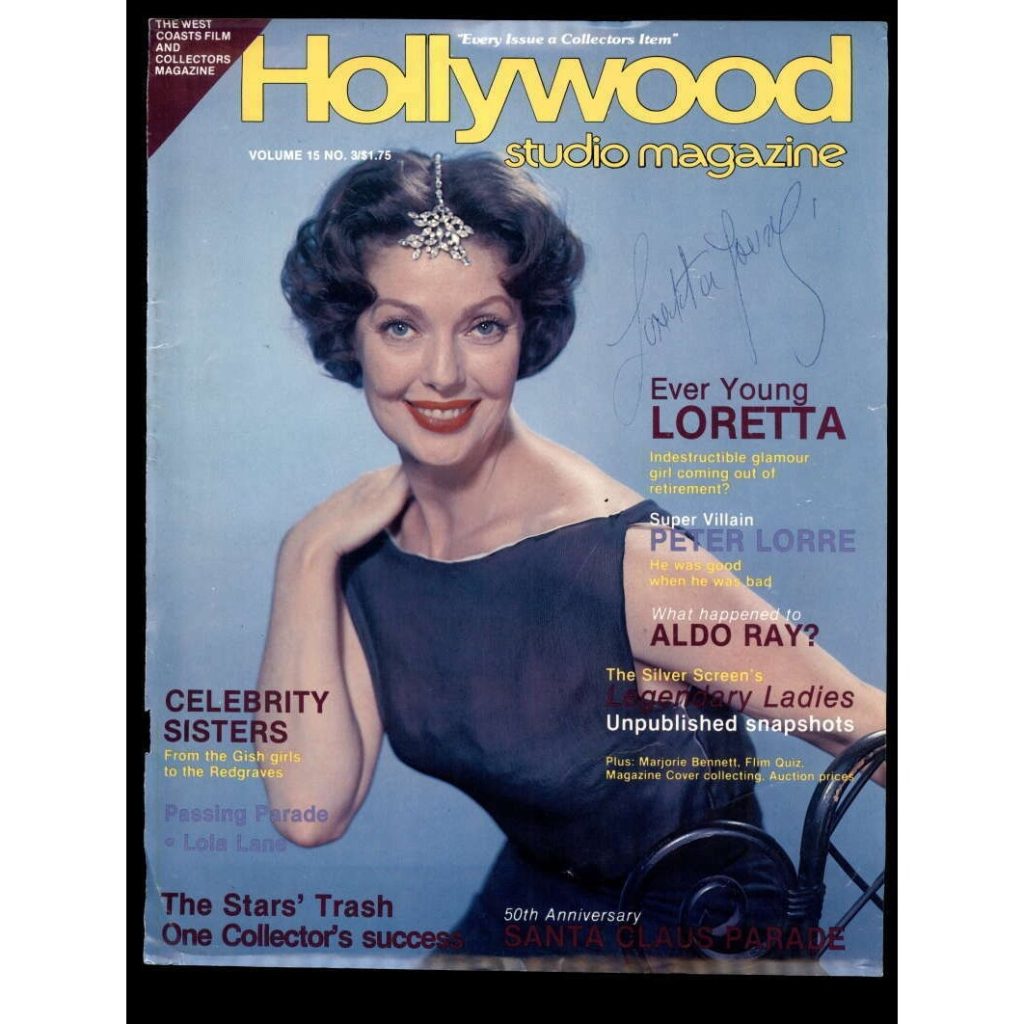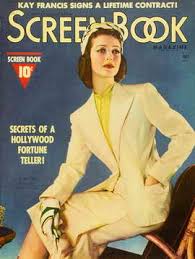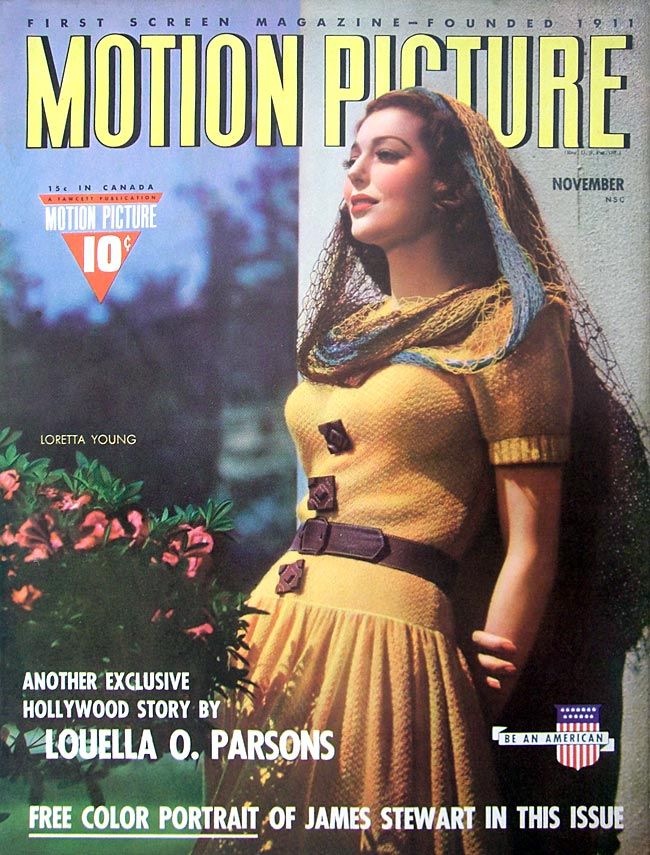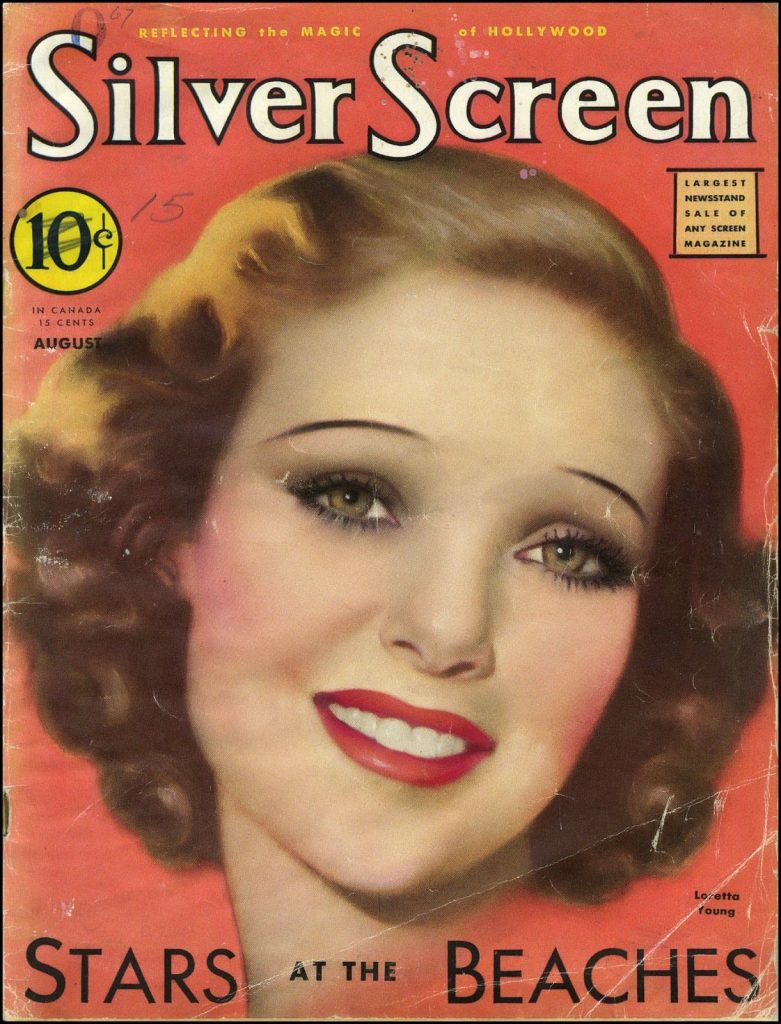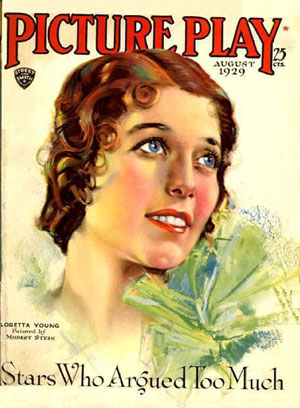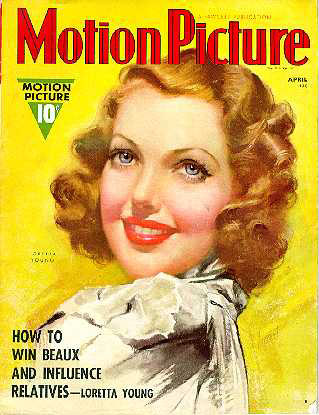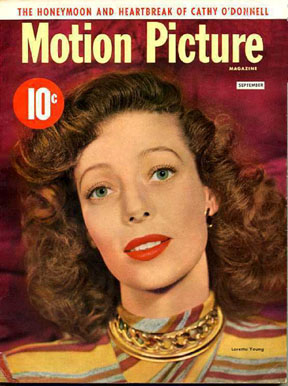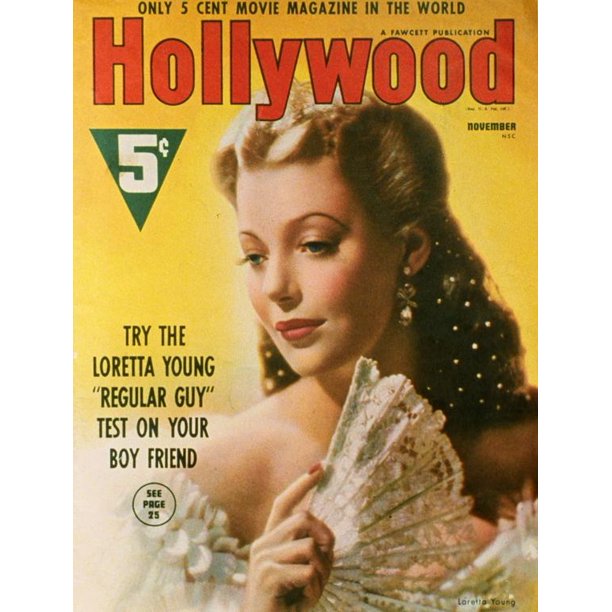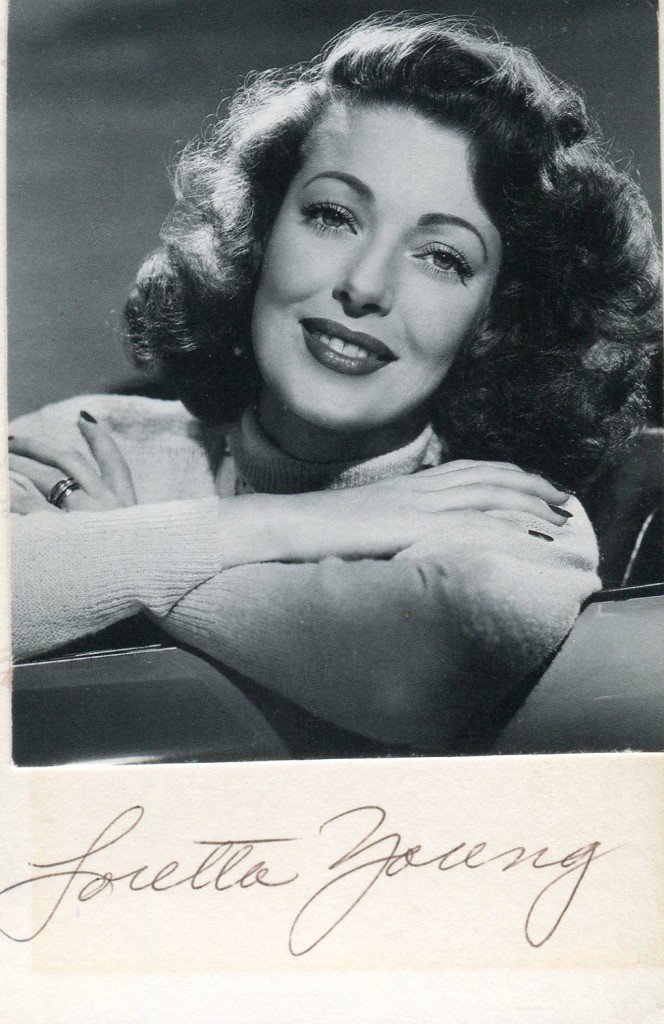
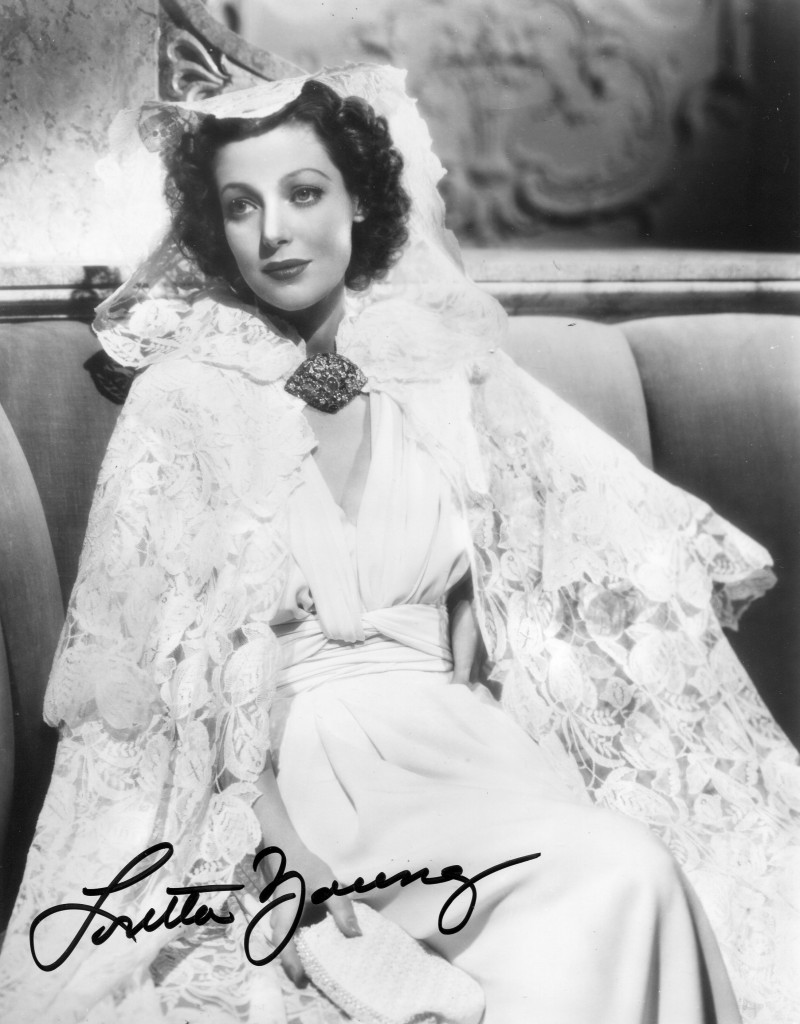
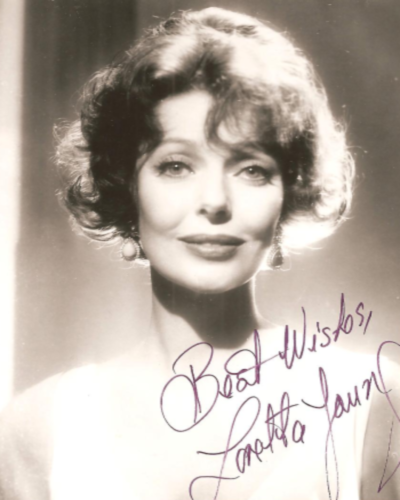
Loretta Young obituary in “The Guardian” in 2000
Loretta Young has had one of the longest cinema careers in the history of movies. She made her first film as a child in the silent “The Primrose Ring” in 1917 and her final movie was the television film “Lady in a Corner” in 1989. She was born in 1913 in Salt Lake City, Utah. In the 1930’s she made several films with Tyrone Power while both were under contract with 20th Century Fox. Among those films were “Cafe Metropole” and “Suez”. In the 1940’s she made such high profile movies as “The Bishop’s Wife” with Cary Grant and David Niven, “China” with Alan Ladd and “The Stranger” with Orson Welles and Edward G. Robinson. She won an Academy Award in 1947 for her performance in “The Farmer’s Daughter”. In the early fifties she became of the first major movie stars to go into television with the long running “Letter to Loretta”. One of her children is Tom Lewis a musician with the rock group Moby Grape. Loretta young was the widow of the movie fashion designer Jean Louis. She died in 2000 at the age of 87.
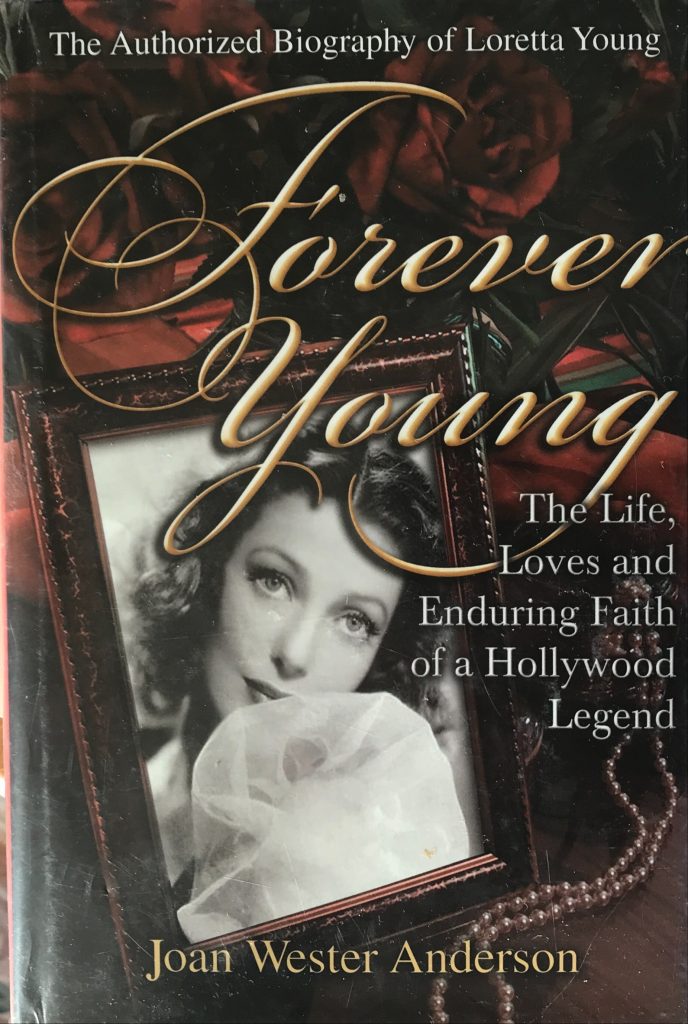
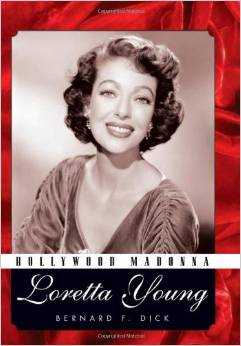
“The Guardian” obituary by Ronald Bergan on Loretta Young:
At the Academy Award ceremony of 1947, it seemed a foregone conclusion that Rosalind Russell would win the Oscar for best actress, for Mourning Becomes Electra. But when the envelope was opened, out came the name of Loretta Young. There was a gasp from the audience.
Nobody was more surprised than Young, then aged 35, as she made her way up to the stage. All she could say, on receiving the Oscar for her part in The Farmer’s Daughter, was “At long last”, an understandable comment from a woman who had been in the business so long: she made her first screen appearance at the age of four.
Young, who has died aged 87, was born in Salt Lake City, Utah, and was three when her parents separated and her mother moved with her five children to Hollywood, where she opened a boarding house. A year later, the child appeared in The Only Way (1917), paid $3.50 a day for playing a patient weeping on the operating table. At eight, she and her siblings were Arab children in the Rudolph Valentino film, The Sheik (1921). Her three sisters had acting ambitions too; one became the actress Sally Blane.
At 14, while at convent school, Young returned to the screen in a supporting role in Naughty But Nice (1927). She got the part by default. Director Mervyn LeRoy wanted one of her sisters, but Young asked if she might do. This led to a contract with First National, and a change of name. The studio thought her real name, Gretchen, “sounded too Dutchy”, and changed it to Loretta, the favourite saint of the star of the film, Coleen Moore.
Young often took herself for her saintly namesake, irritating her colleagues. While working on The Stranger (1945), there was a scene where she was supposed to walk off with Orson Welles instead of attending Sunday morning mass. But as a devout Catholic, she refused to be shown on screen dodging church. Reluctantly, Wells changed it to another day of the week. She always objected to casts and crews swearing, and would set up a “swear box”, giving the fines to Catholic charities.
But saint she was not. She was married three times and divorced twice, and had affairs with, among others, George Brent, Clark Gable (said to be the father of her “adopted” daughter), David Niven, Joseph Mankiewicz, William Wellman and Spencer Tracy. Wellman and the married Tracy came to blows over her. Young and Tracy had played down-and-outs sharing a shanty in Frank Borzage’s Man’s Castle (1933). Though it pre-dated the Hays Code, it was censored because of the character’s out-of-wedlock pregnancy. Of their off-screen romance, Young remarked, “Since Spence and I were both Catholic, and can never be married, we have agreed not to see each other any more.”
In 1930, she had eloped with co-star Grant Withers in imitation of the plot of the film Too Young To Marry. The marriage was annulled the following year, with Withers describing Young as “a steel butterfly”.
She was determinedly litigious. In 1966, she sued NBC for $2.5m when they used the introductions to her old TV shows, because the 1950s fashions dated her; she sued them again in 1972, and won $600,000 for their unlawful exhibition of her TV shows abroad. In 1969, she sued 20th Century-Fox for $54,000 because the movie Myra Breckinridge contained clips from her films, used without her permission. The studio cut them out.
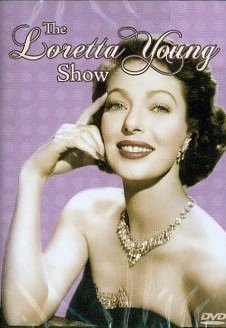
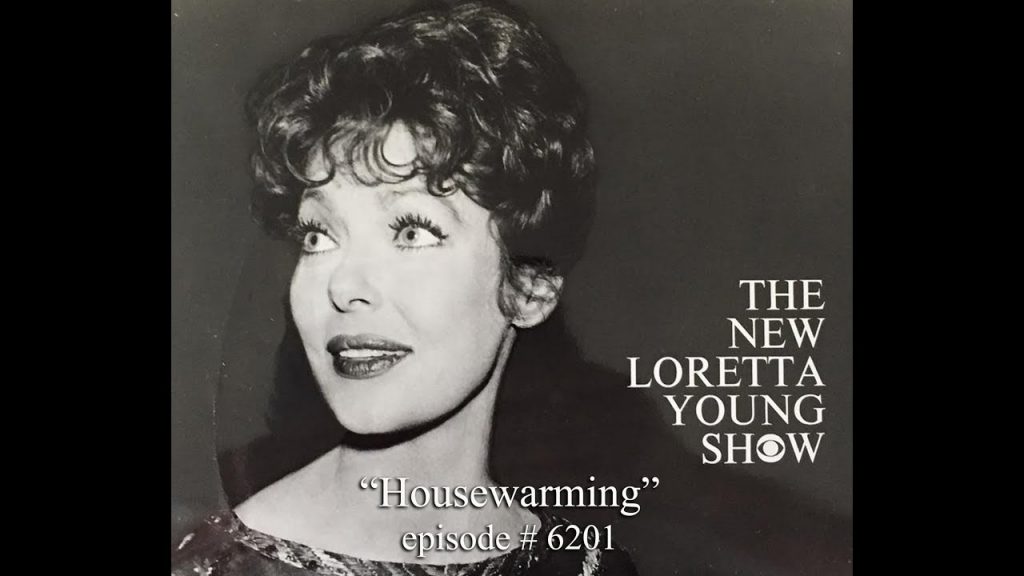
Thirty years before, Young had left Fox, which had labelled her too difficult; then she found that few studios would meet her price of $150,000 a picture, and was advised to lower it. When Columbia mogul Harry Cohn refused to pay $300 for a dress she had bought for her role in Bedtime Story (1942), she made herself available only for night-time fittings, adding to the budget.
According to Robert Preston, her co-star in The Lady From Cheyenne, “she worked with a full-length mirror beside the camera. I didn’t know which Loretta to play to – the one in the mirror or the one that was with me.” Virginia Field, with whom she worked on Eternally Yours, commented, “She was and is the only actress I really dislike. She was sickeningly sweet, a pure phony. Her two faces sent me home angry and crying.”
But Young was physically exquisite, and had a genuine touch of class. She started as a Hollywood leading lady in Laugh Clown, Laugh (1928), playing a tightrope walker. The director Herbert Brenon, who had tested 48 other girls for the role, told Loretta, 15: “Your legs can be padded. Likewise your body. It’s your eyes that are getting you the part.”
She remembered that “my first director taught me not to take myself seriously, but to take my work seriously, never to be satisfied unless I was doing my very best.” She first did her best in minor melodramas and comedies. After acting a miscast Jean Harlow off the screen in Frank Capra’s Platinum Blonde (1931) at Columbia, she was given meatier parts at Warner Bros in Taxi and The Hatchet Man.
When she moved to Fox in 1934, the head of the studio, Darryl F Zanuck decided she was ideal for period pieces. She played Robert Clive’s wife in Clive Of India (1935) and the Empress Eugenie in Suez (1938). She was touching as the deaf girl in The Story of Alexander Graham Bell (1938), in which her sisters also had parts.
The Farmer’s Daughter was originally intended for Ingrid Bergman. In a blonde wig and Swedish accent, Young was convincing as a headstrong farm girl whose homespun ideas earn her a seat in Congress in a contest against the man she loves. This was followed by the title roles in the comedy The Bishop’s Wife (1947) and as the 1820 bondswoman in Rachel And The Stranger (1948).
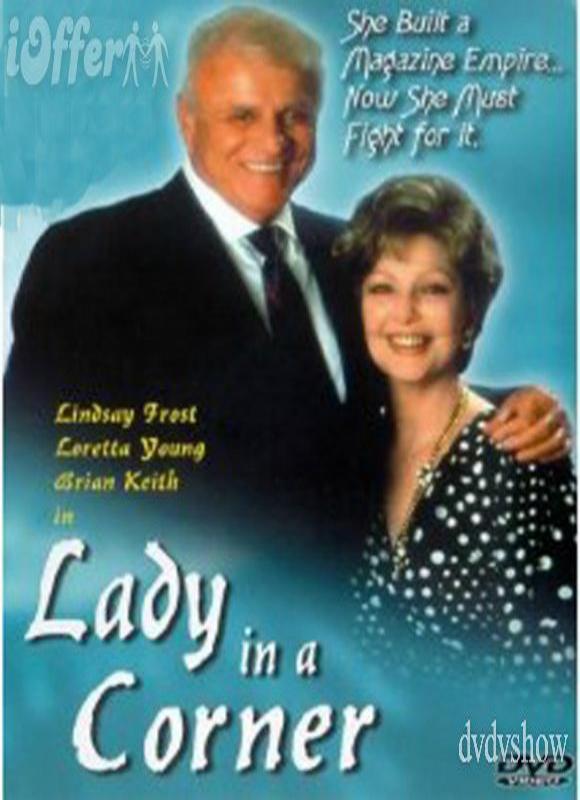
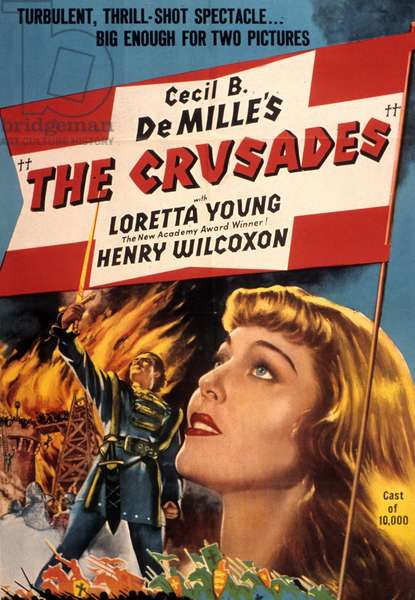
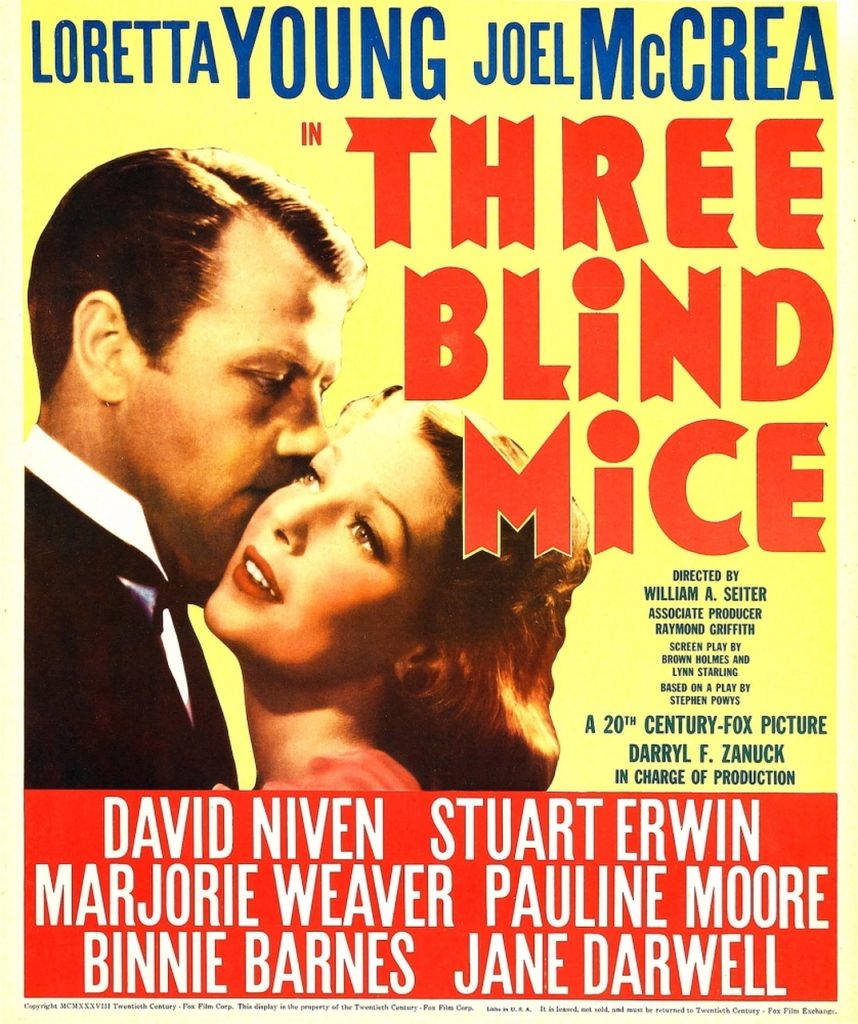
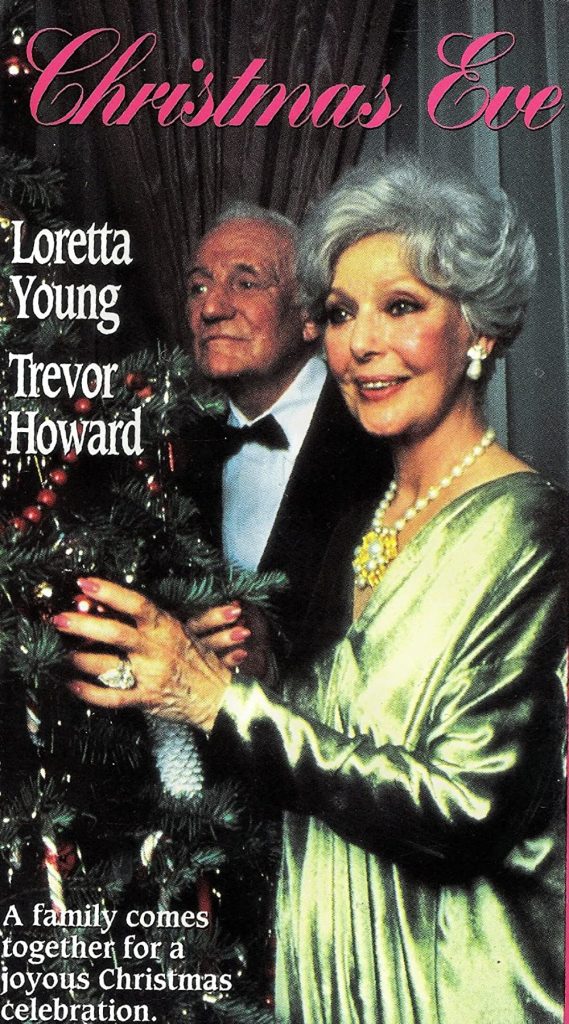
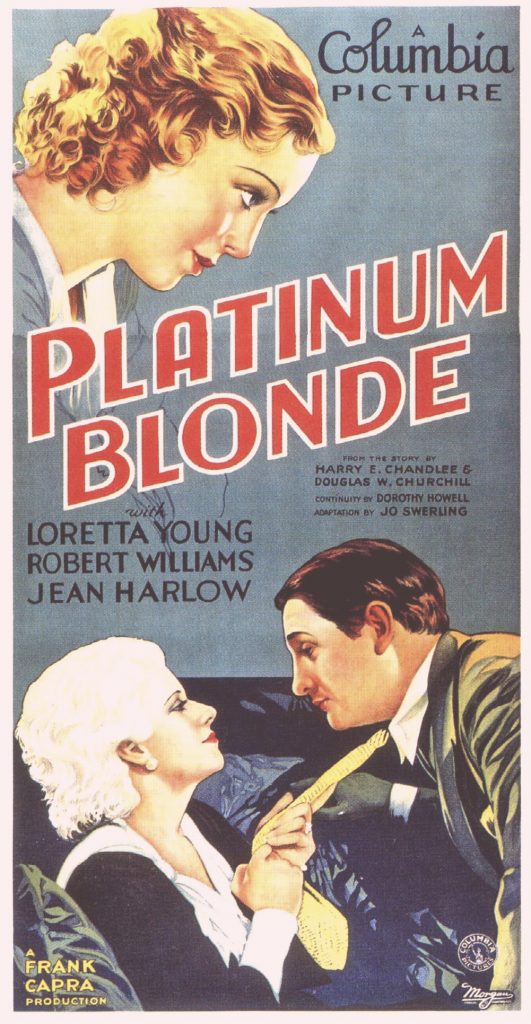
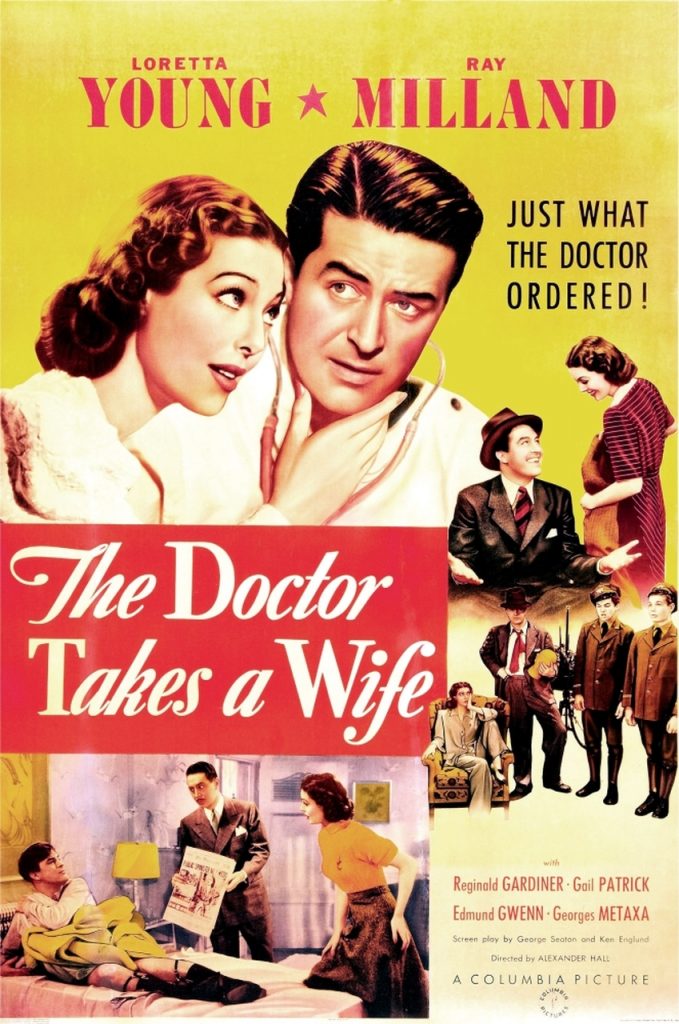
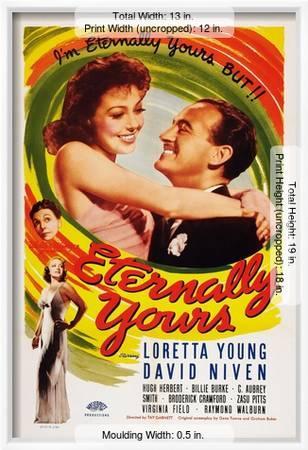
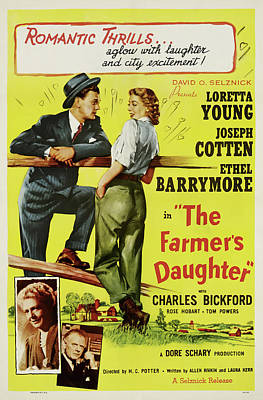
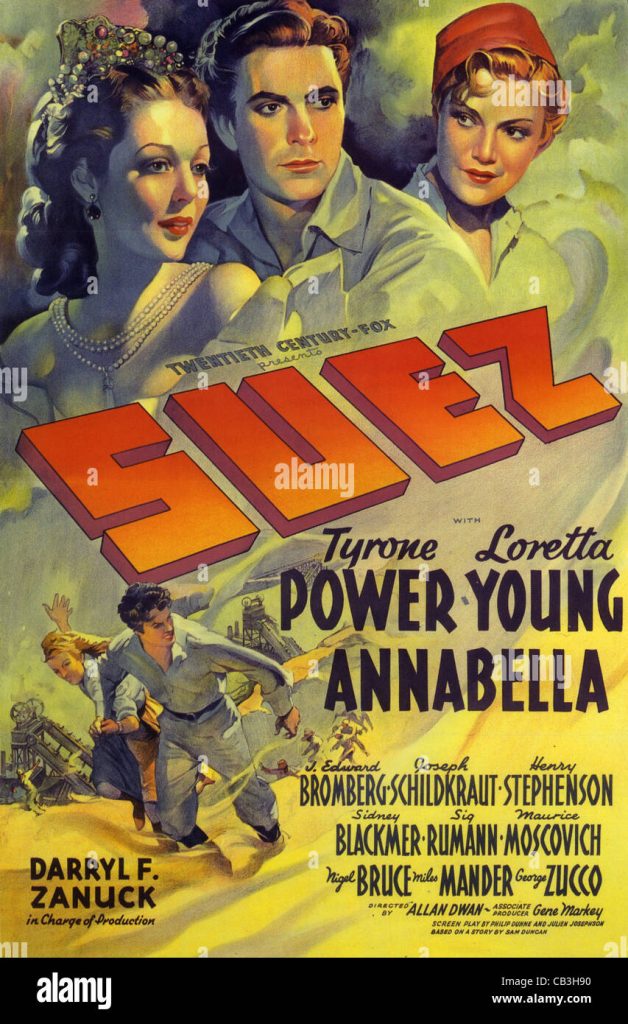
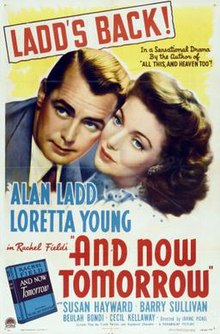

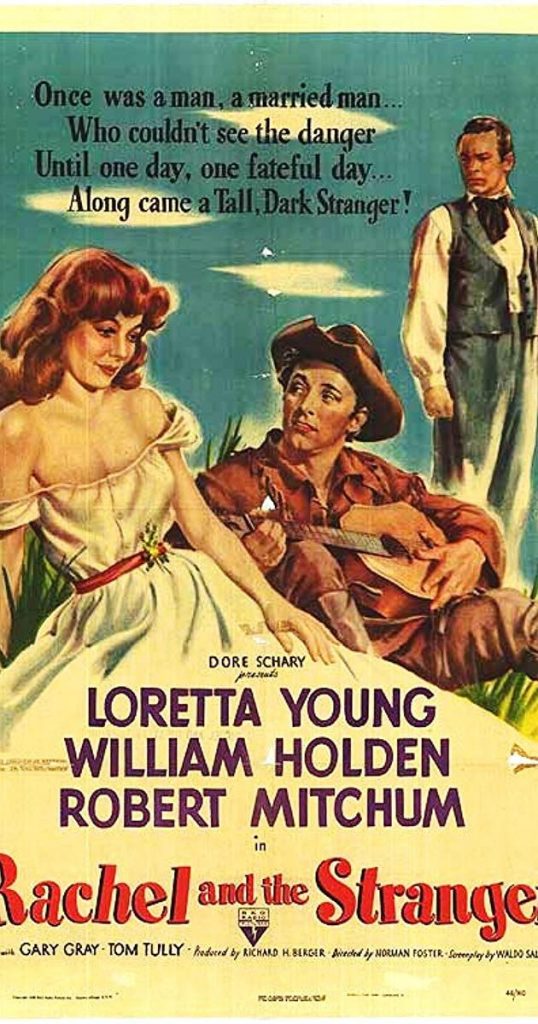
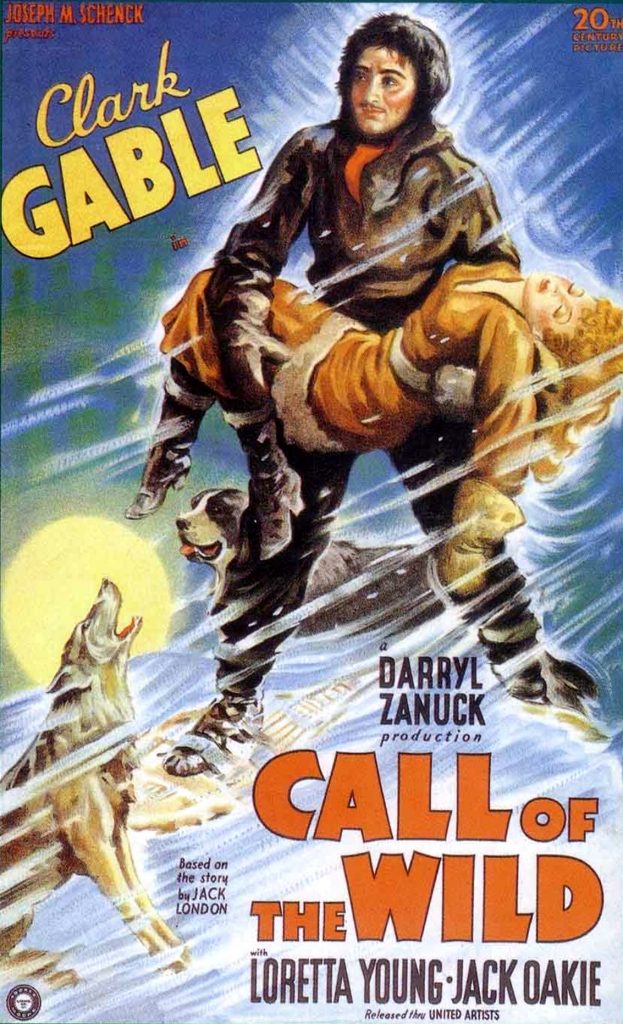
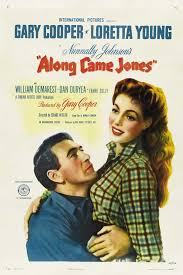
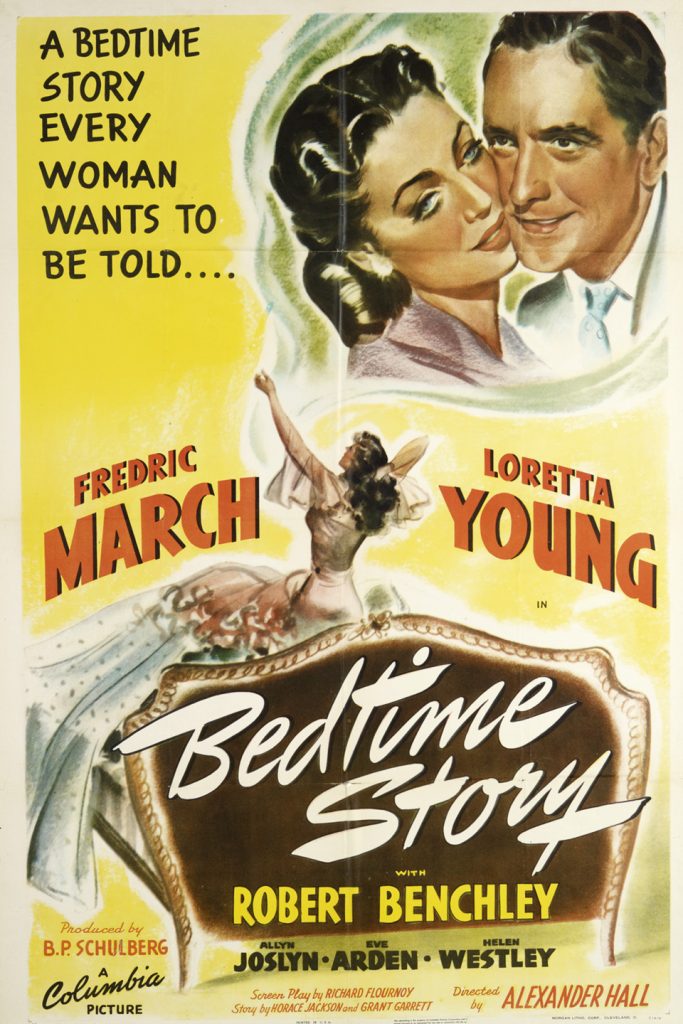
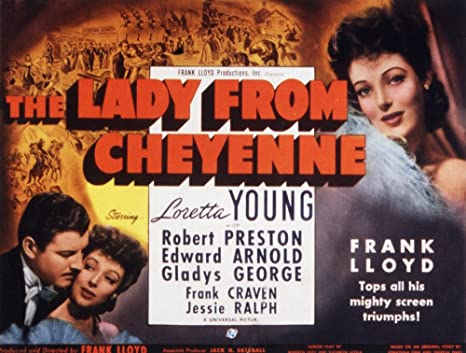
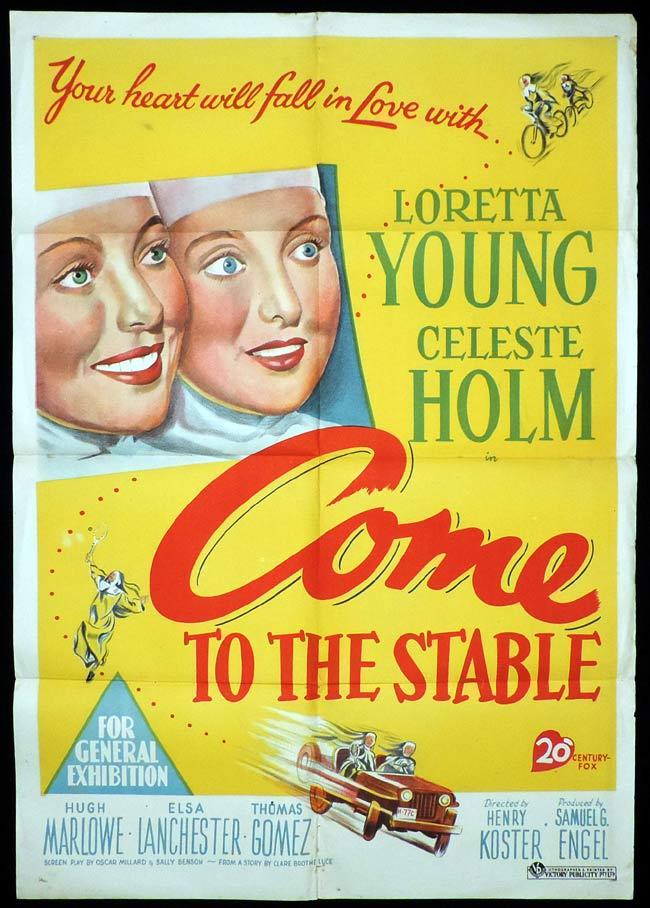
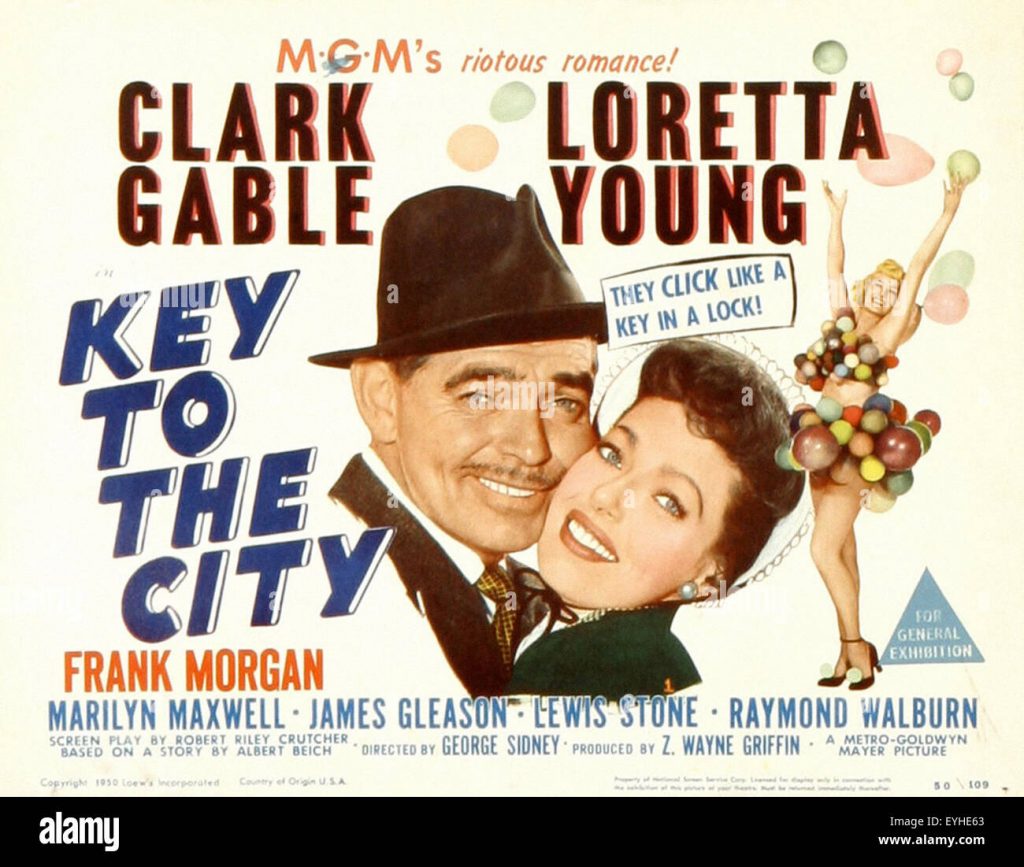
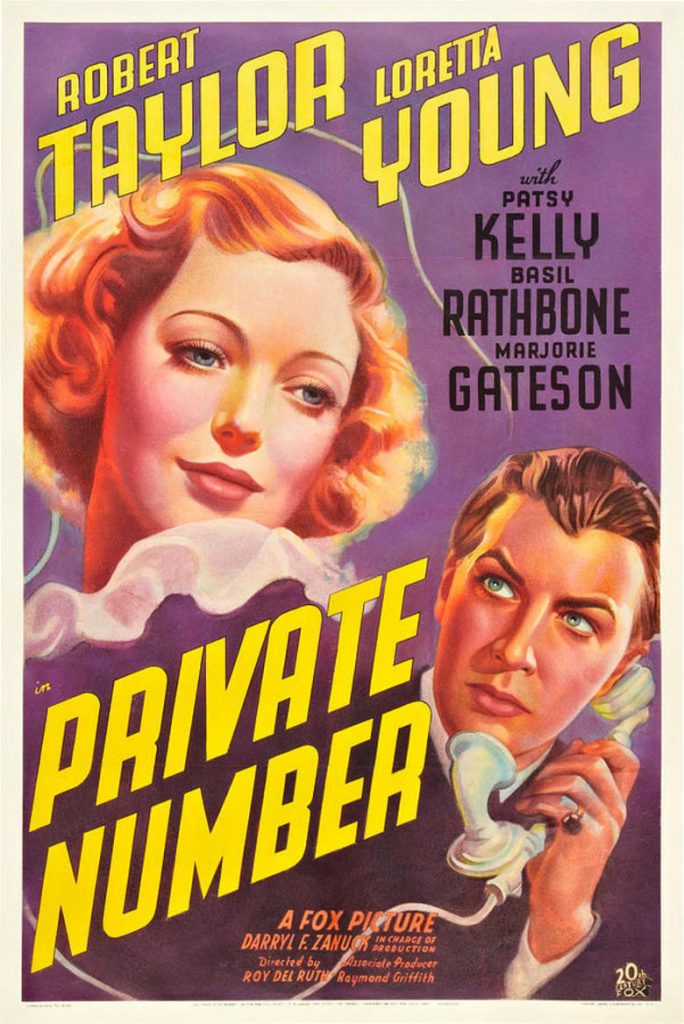
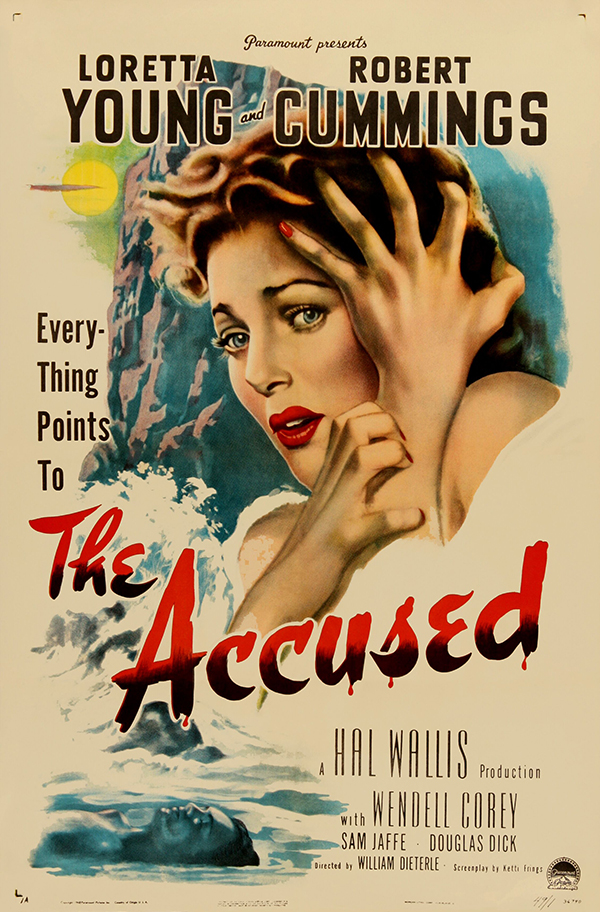
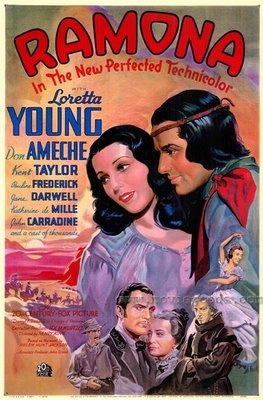
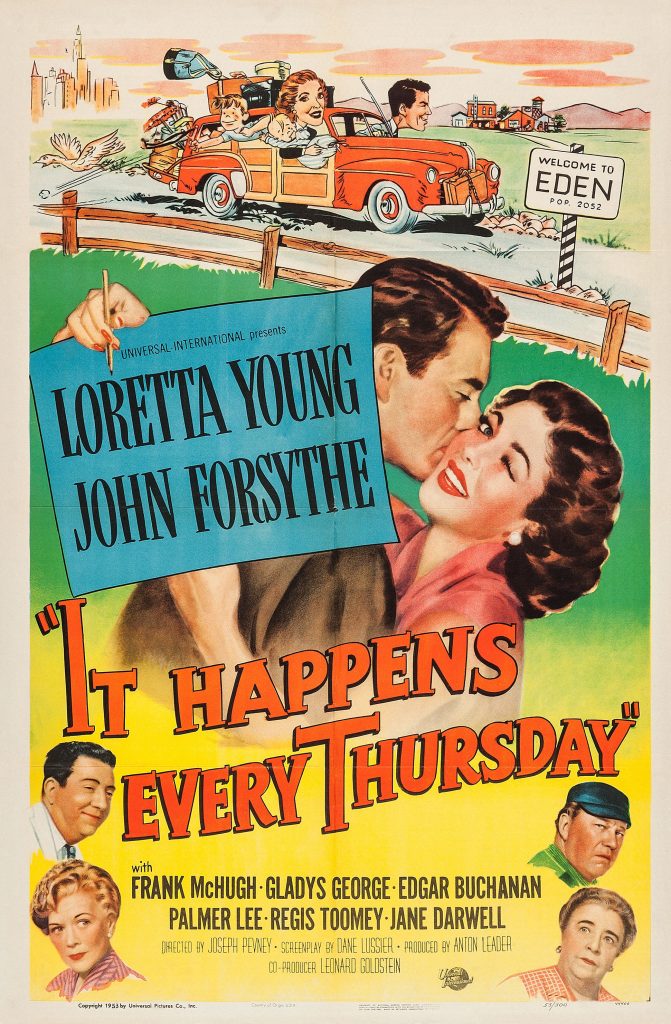
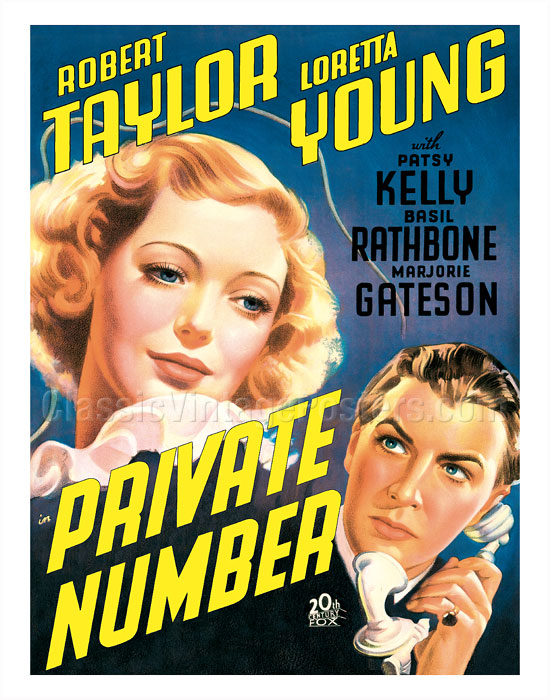
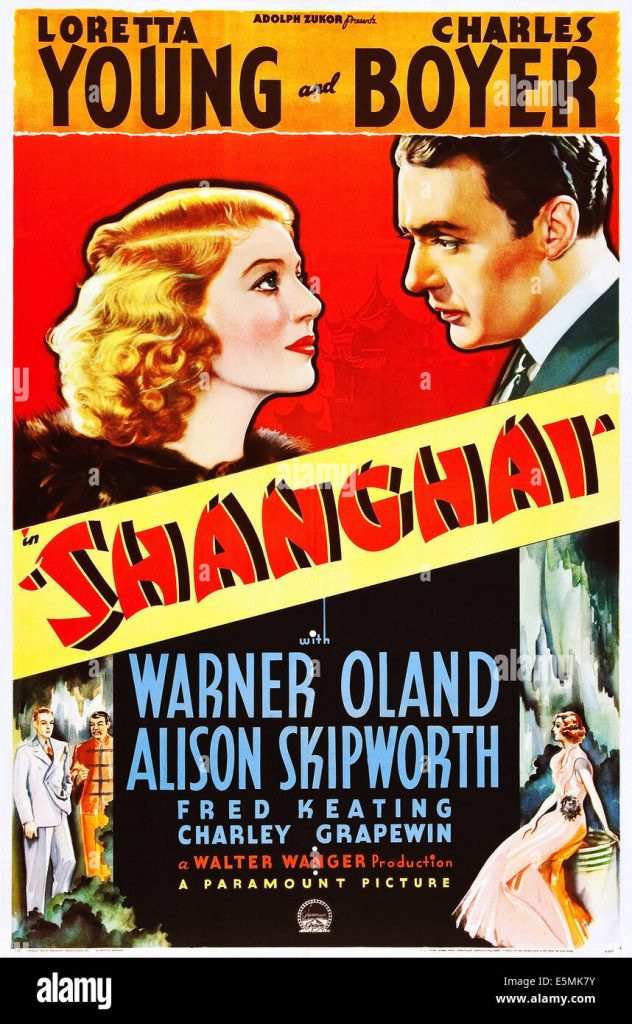
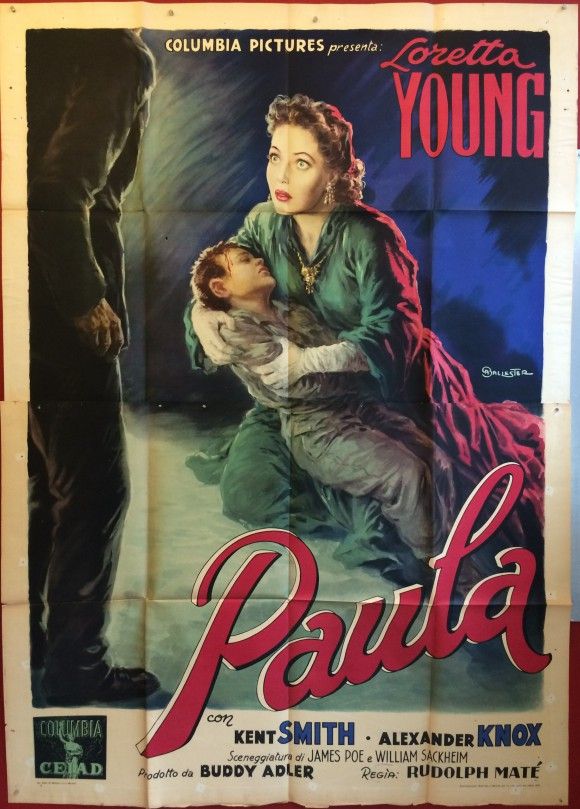
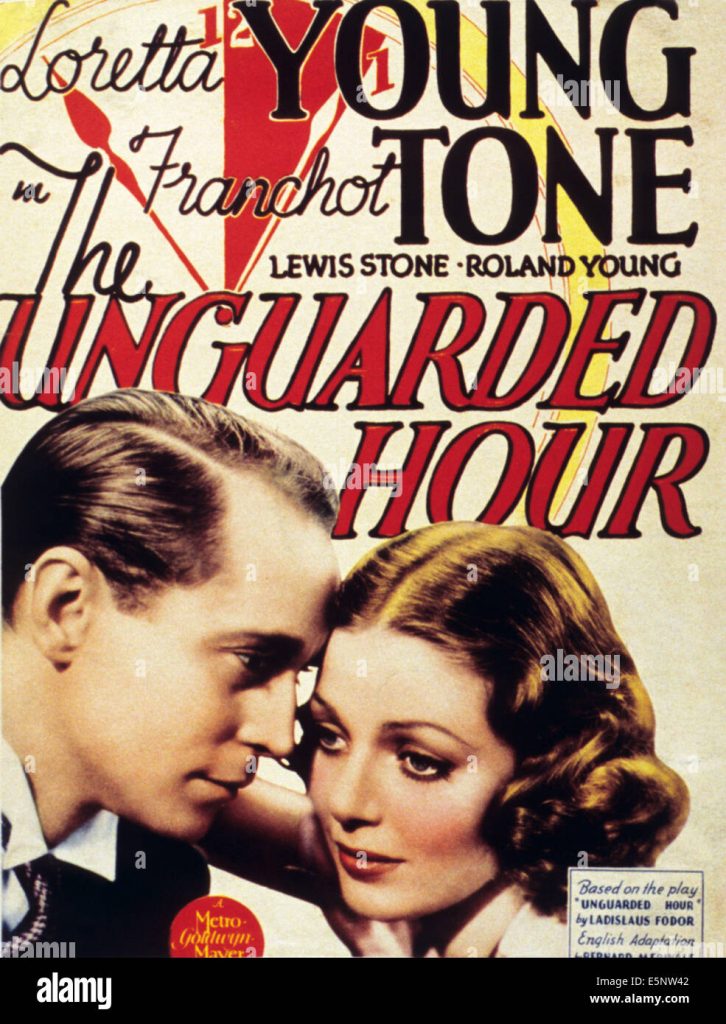
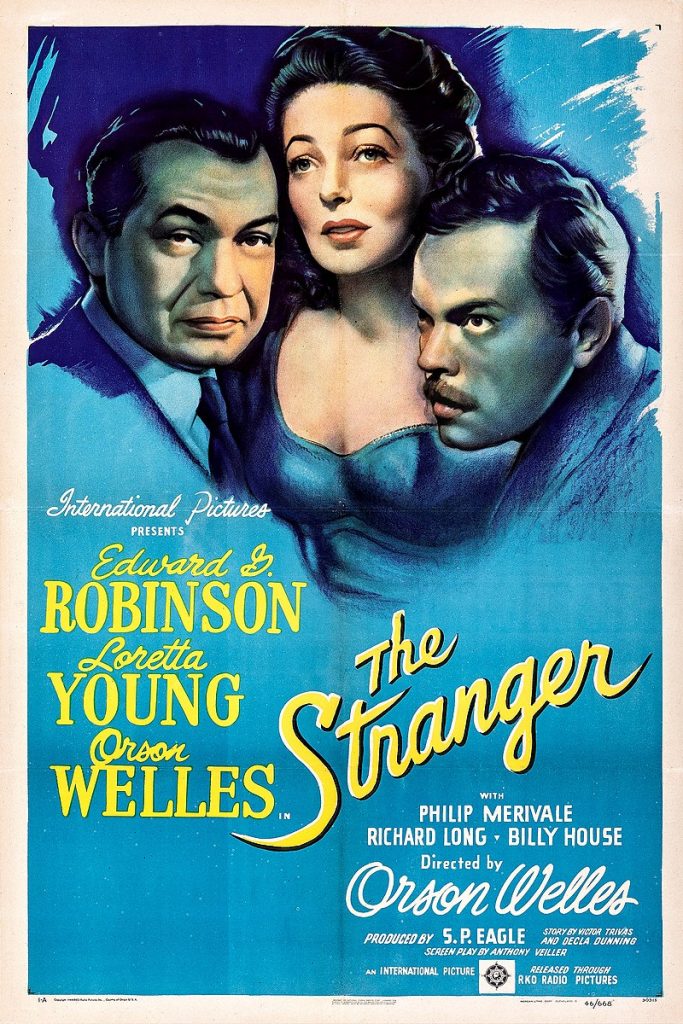
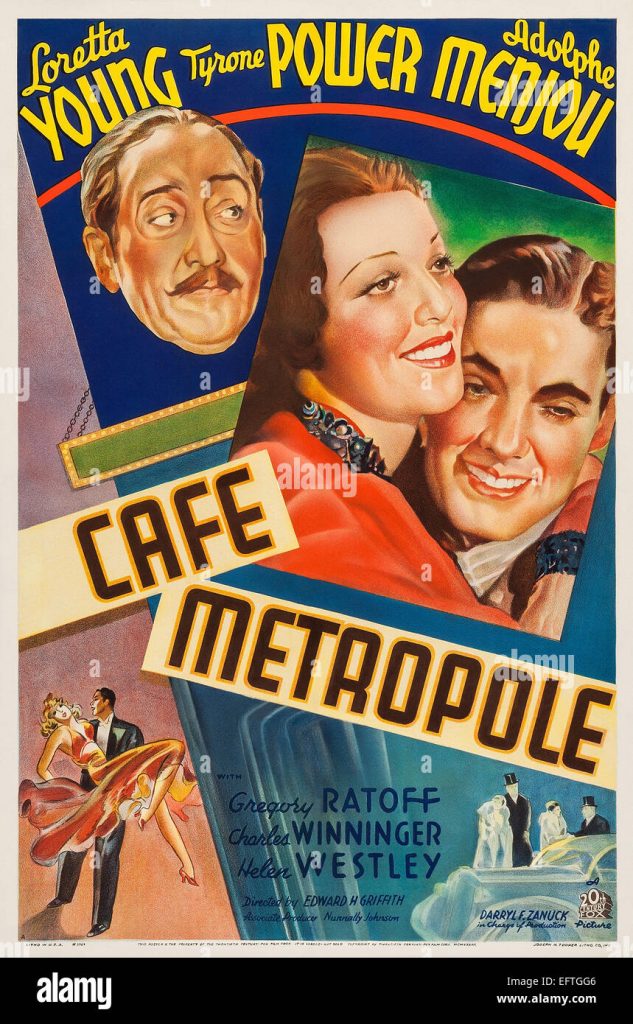
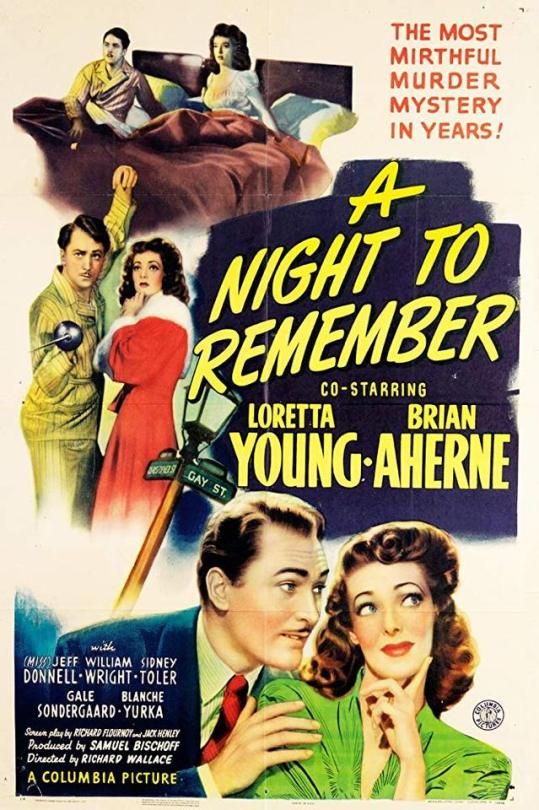
Her career petered out in the early 1950s, to be revived by her long-running TV show. Each 30-minute drama was introduced by the star. “After the audience has seen me well groomed, I can wear horrible clothes and ugly makeup or even a false nose, without anyone wondering whether I’ve aged overnight.”
After her divorce in 1968 from producer/writer Thomas Lewis, with whom she had two children, Young wrote a syndicated lonely-hearts column in Catholic newspapers, and worked as a consultant for the wedding dress firm, Brides Showcase International. At 81 she married costume designer Jean Louis (he did her famous TV show frocks), who died three years ago.
She devoted herself to Catholic charities in the 1980s, selling her Hollywood home and jewels to finance her work. “They are the luxuries of life … If selling a bracelet will help feed children, that is what I want to do,” she explained. She might have been making some progress at last towards her canonisation.
• Loretta (Gretchen Michaela) Young, actress, born January 6, 1913; died August 12 2000
“The Guardian” obituary can also be accessed online here.
